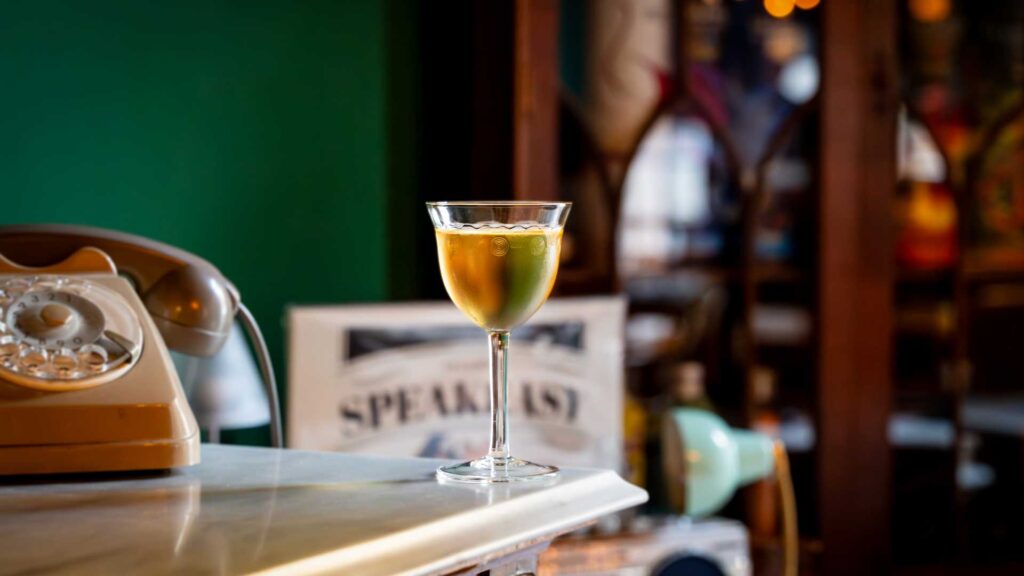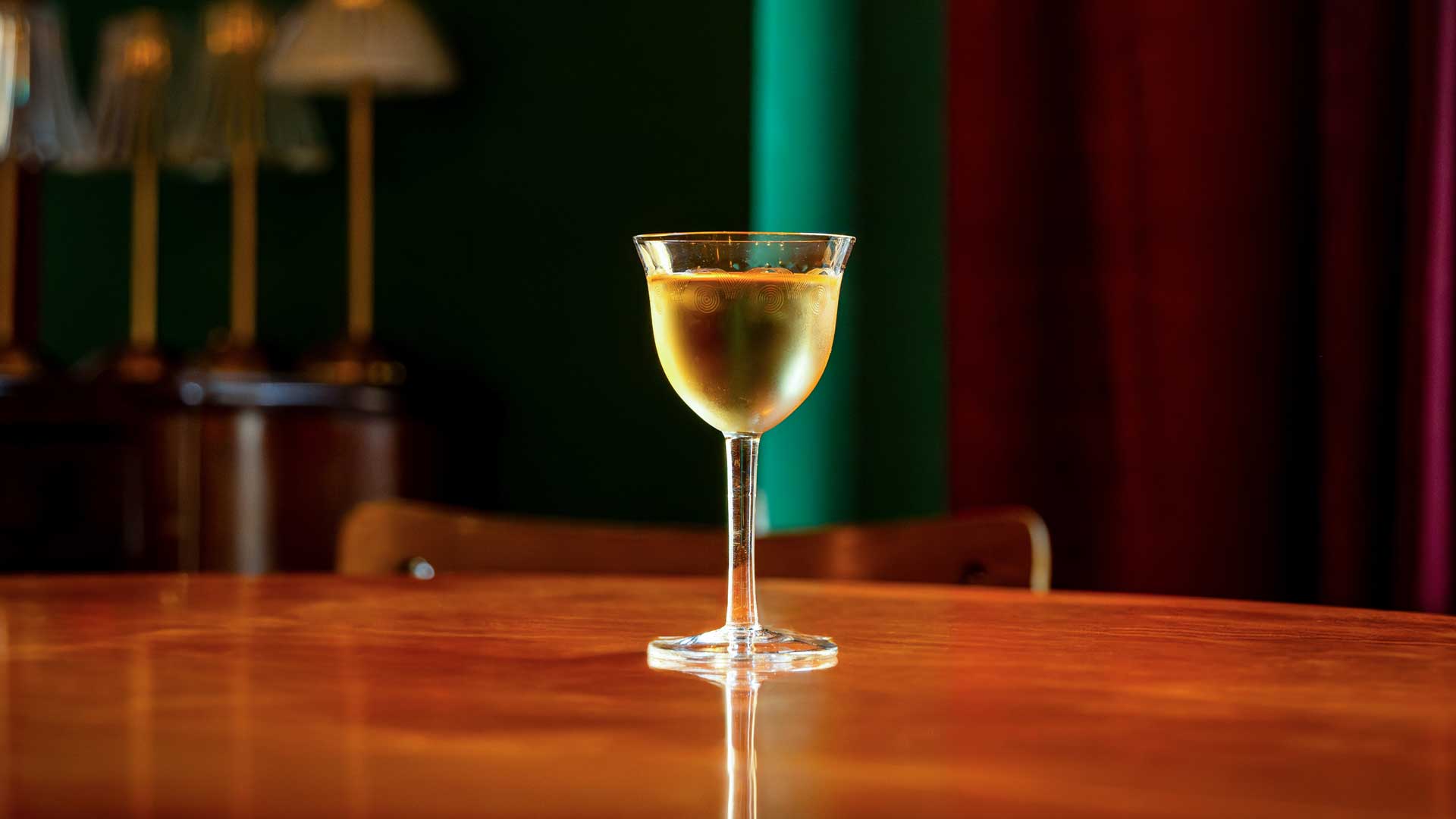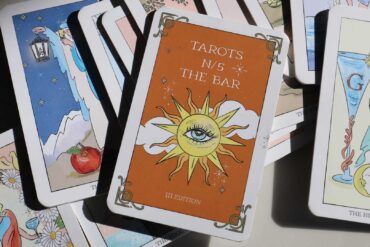by Federico S. Bellanca
Mistakes are valuable lessons that prevent us from stumbling twice. It’s tempting to ride the wave of excitement when a new product captivates consumers, but relentless promotion can be misguided. The phrase “vermouth is the new gin” highlights the parallels between this fortified wine and gin, as vermouth charts a similar path, attracting a growing number of enthusiasts. As interest surges, people are now requesting specific bottles at bars and delving into the origins and ingredients when buying it from wine shops.
Vermouth Is the New Gin?
However, this rising popularity comes with a cautionary tale. We’ve seen how gin, once celebrated, has faced dilution and trivialization over time. To avoid repeating this with vermouth, let’s return to the basics: vermouth must contain its primary botanical, wormwood, much like gin requires juniper. From this foundation, other botanicals can be added, allowing for both classic and innovative formulations, similar to how contemporary gins have evolved from traditional London Dry.
Unlike gin, where the base alcohol often plays a secondary role and many micro-distilleries purchase it from third-party suppliers to infuse with their botanicals, the foundation of vermouth, being wine, is crucial. This key ingredient allows for a unique storytelling opportunity centered on regionality and the concept of terroir, something that cannot be replicated in the world of spirits.
Red, White And Dry
So why should we avoid repeating past mistakes? It’s straightforward: in the rush for “red, white, and dry gold”, some producers are already resorting to tricks like omitting the product category or passing off simple fortified wines as vermouth. Thankfully, these trends are marginal in an industry experiencing healthy growth and adhering to both internal and legal guidelines. Yet, constant vigilance is necessary because such practices are not unheard of.
Vermouth and The Drink Lists

Another potential risk is meticulously crafting an exceptional product only to see it ruined when mixed into cocktails. At present, it’s rare to find cocktail bars that highlight specific vermouth combinations on their drink menus, akin to the way gin is often showcased. Customers seldom request vermouth by brand in cocktails like the Negroni, where even the gin is often unspecified.
While gin enjoys the spotlight with its tonic pairing, giving each brand a unique stage, vermouth lacks a go-to drink that truly elevates it as a primary ingredient.
Continue reading on Coqtail – for fine drinkers magazine. Order your copy here
Photo by Julie Couder, location Nik’s & Co, Milano






